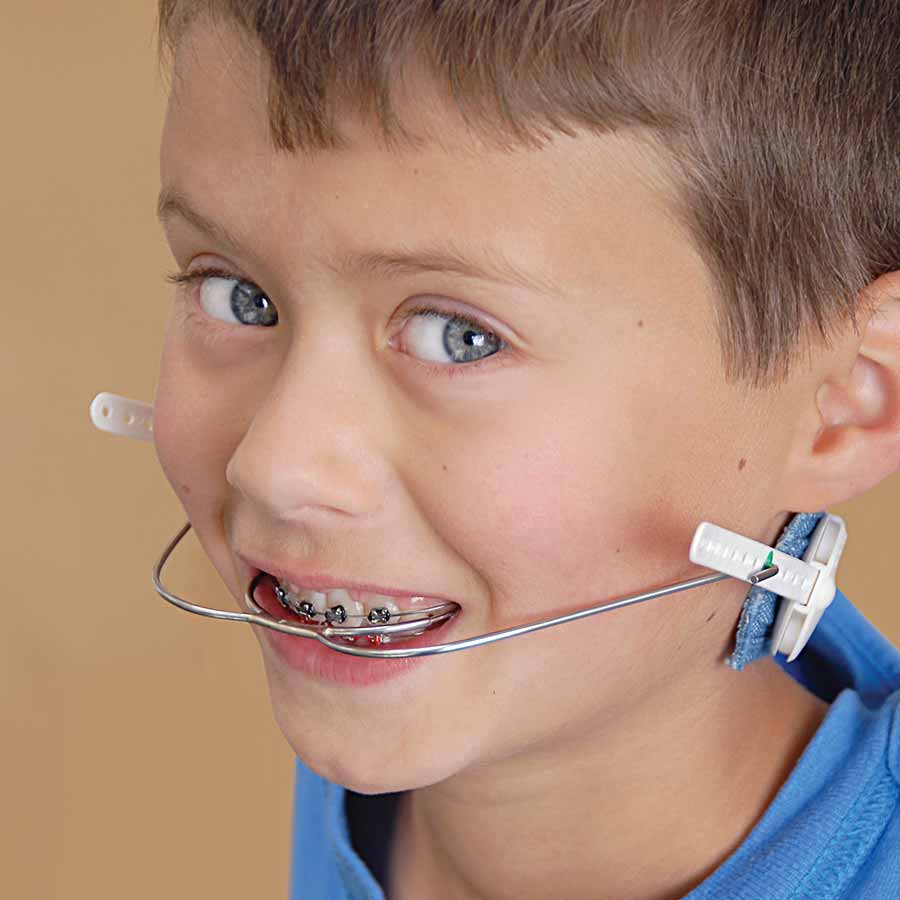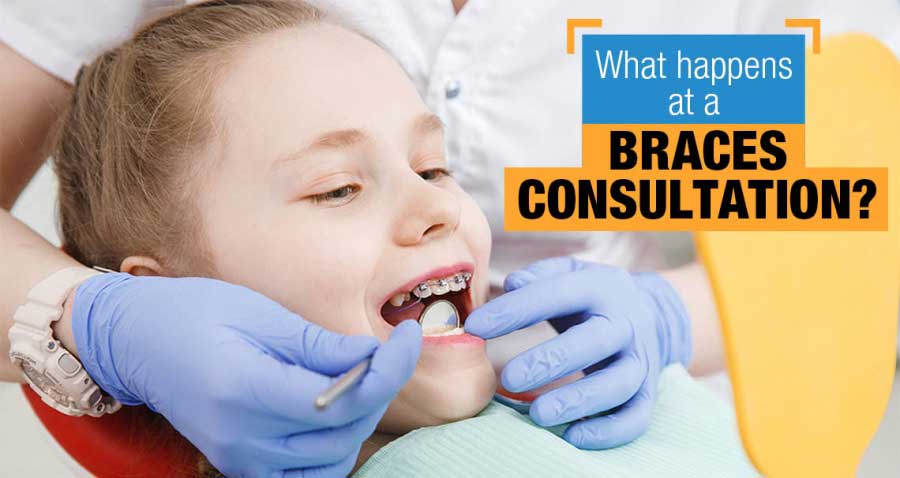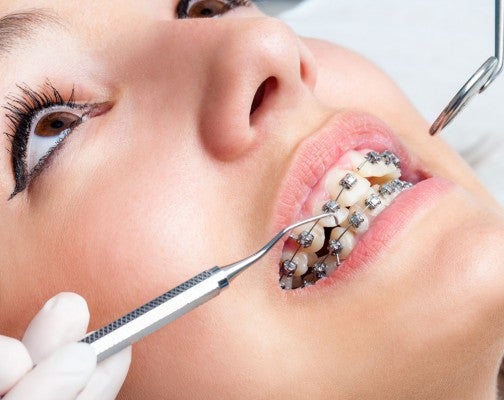Comprehensive Guide to Orthodontics Treatments for Fixing Dental Imbalances
In the realm of orthodontics, the journey to accomplishing a completely straightened smile involves a myriad of procedures customized to correct dental imbalances. From traditional braces to unnoticeable aligners and even medical choices, the field of orthodontics provides an array of options to attend to differing degrees of dental abnormalities. Understanding the complexities of each treatment, including their devices, advantages, and possible disadvantages, is vital in making educated choices concerning one's orthodontic treatment. As we navigate through the extensive overview to orthodontic treatments for remedying dental misalignments, the complex details of each technique will certainly unravel, shedding light on the course toward a useful and unified dental positioning.
Orthodontic Procedures Review

In enhancement to clear aligners and traditional braces, orthodontists may additionally recommend various other interventions like headwear, palatal expanders, or retainers to address certain positioning concerns (cumming invisalign). These procedures are customized to every client's one-of-a-kind requirements and may entail a combination of therapies to achieve the desired outcomes. Normal modifications and monitoring are critical components of orthodontic treatment to make sure progress gets on track and to make any needed adjustments along the way. By going through orthodontic procedures, individuals can not just achieve a straighter grin but additionally improve their total dental health and wellness and function.
Conventional Dental Braces: How They Work
When thinking about orthodontic therapies for dental misalignments, standard dental braces stand out as a tried and true method for correcting teeth positioning. Typical dental braces include brackets, wires, and bands that work with each other to apply continual pressure on the teeth, gradually relocating them into the preferred placement. The brackets are affixed to the teeth making use of a special adhesive, and the cords are threaded with the brackets. By adjusting the tension of the wires, orthodontists can regulate the instructions and force put on each tooth, guiding them into proper placement over time.
As pressure is used to the teeth via the dental braces, the bone bordering the teeth is reshaped to support the new tooth settings. People will certainly need regular modifications at the orthodontist's office to ensure the dental braces continue to apply the appropriate pressure for efficient teeth activity.
Undetectable Aligners: Pros and Cons
Undetectable aligners provide a discreet and hassle-free choice to traditional braces for remedying dental imbalances. These clear, custom-made trays are virtually unseen when used, making them an attractive alternative for people looking for a more aesthetically pleasing orthodontic treatment. Among the main benefits of unnoticeable aligners is their removability, permitting simpler upkeep of oral health contrasted to conventional dental braces. People can eliminate the aligners prior to eating or cleaning their teeth, decreasing the risk of food getting stuck in the home appliance and simplifying the cleansing process.

Surgical Orthodontic Options
Surgical interventions in orthodontics present sensible alternatives for addressing intricate dental imbalances that may not be efficiently resolved via conventional orthodontic from this source therapies. While standard dental braces and unnoticeable aligners can fix many orthodontic concerns, particular instances require medical treatment to achieve ideal outcomes. Surgical orthodontic alternatives are usually suggested for extreme malocclusions, substantial jaw disparities, and instances where a knockout post the underlying bone framework requires adjustment to accomplish correct positioning.
One common medical orthodontic procedure is orthognathic surgical treatment, which includes repositioning the jaws to remedy useful concerns such as difficulty speaking or chewing. This surgery is commonly performed in cooperation with an orthodontist that helps straighten the teeth prior to and after the procedure. Surgical orthodontics may also involve treatments to subject impacted teeth, remove excess gum cells, or improve the jawbone to produce an extra harmonious face account.
Before considering surgical orthodontic options, clients undertake an extensive examination to establish the requirement and potential benefits of such interventions. cumming orthodontist. While surgical treatment may appear complicated, it can substantially improve both the function and aesthetics of the smile in instances where traditional orthodontic treatments fail
Retainers and Post-Treatment Treatment

Post-treatment treatment involves adhering to the orthodontist's guidelines faithfully. This may consist of correct dental health practices, going to follow-up consultations, and putting on the retainers as recommended. Failure to follow post-treatment treatment directions can lead to regression, where the teeth slowly return in the direction of their original settings. Constant retainer additional hints wear, great dental health, and routine dental exams are essential for preserving the outcomes accomplished through orthodontic surgery and guaranteeing the long-term stability of the corrected dental alignment.
Verdict
Finally, orthodontic procedures provide numerous choices for correcting dental imbalances. Conventional braces utilize steel brackets and cables to move teeth into appropriate alignment. Unseen aligners offer an even more very discreet option however might not be appropriate for all instances. Surgical orthodontic alternatives are available for extra extreme imbalances. Retainers are frequently made use of post-treatment to maintain the brand-new positioning. On the whole, orthodontic procedures can successfully improve dental health and visual look.
As we navigate via the detailed overview to orthodontic treatments for correcting oral imbalances, the complex information of each approach will certainly unfold, shedding light on the path towards a useful and unified oral positioning. - orthodontist
One of the most common orthodontic treatments is the use of dental braces, which consist of steel brackets and cords that use mild pressure to progressively change teeth into the preferred position.When taking into consideration orthodontic treatments for oral imbalances, traditional dental braces stand out as a tried and true technique for dealing with teeth placing. Additionally, unnoticeable aligners might not be suitable for complex orthodontic concerns that require more considerable teeth motion, as they are commonly suggested for mild to moderate instances. Retainers are customized orthodontic gadgets made to hold teeth in their fixed positions after the completion of orthodontic therapy.